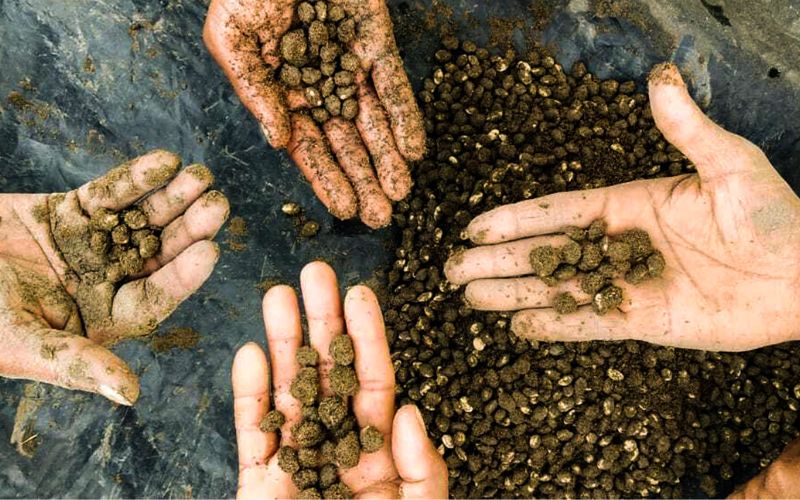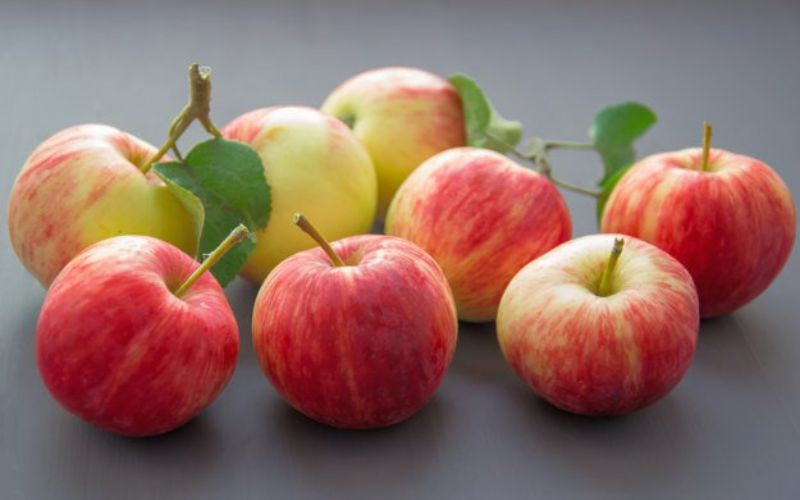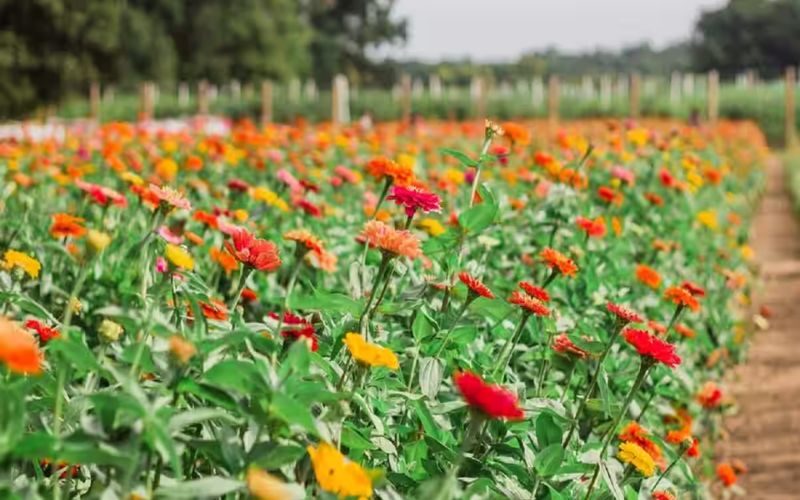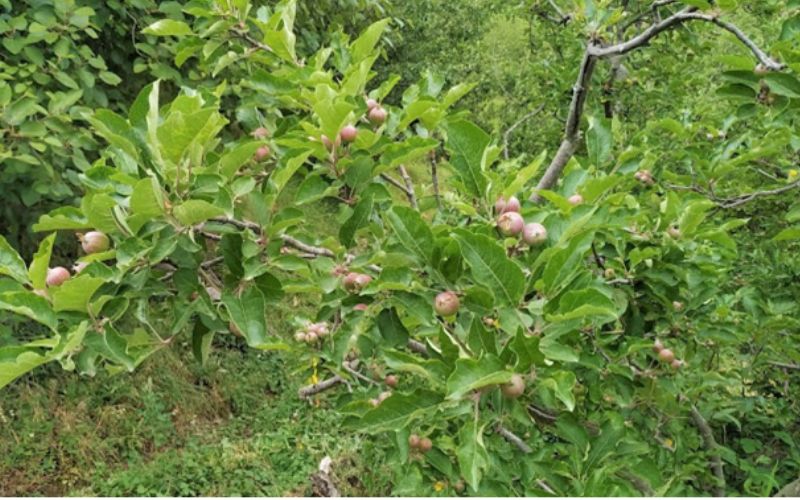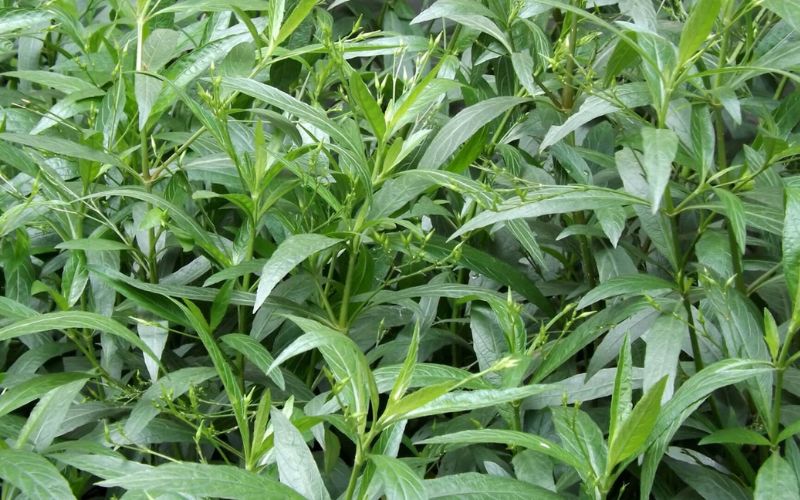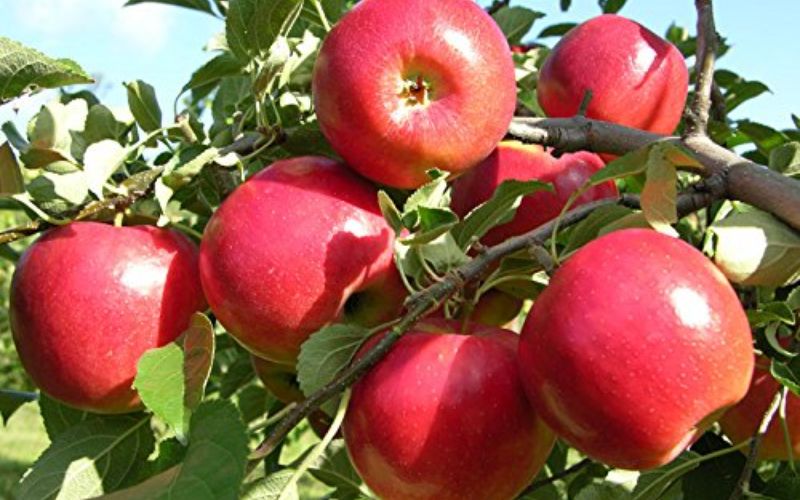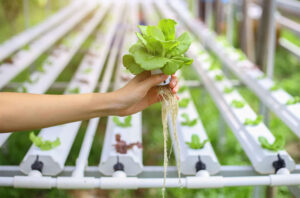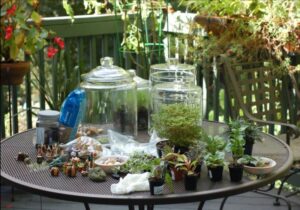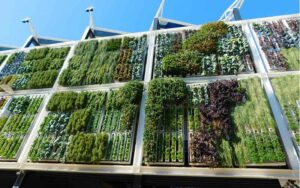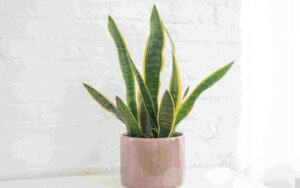Hydroponics Terrarium: Merging Nature and Technology for Sustainable Greenery
Shamaile Nabi
Assistant Professor
Galgotias College of Engg. & Technology
Mohammed Jawaid Alam
Coordinator – Nature Club of India
New Delhi: In an era marked by urbanization, there is a heartening trend emerging – Indoor Gardening. Homes and offices are transforming into green havens as people eagerly welcome a variety of plants species into their indoor spaces. The motivations behind indoor gardening are primarily for enjoyment, satisfaction, and the desire to combat indoor air pollution.
Beyond the visual beauty, indoor gardening has become a catalyst for personal well-being. The presence of plants has been scientifically proven to reduce stress, promote relaxation, and elevate moods. For those who can’t always gaze at the beauty of outdoors, there is another option called ‘Terrarium’.
Read More: Decorating it with flowers: Astounding floral adornments to the floor
Terrariums are closed ecosystem, which means that plants in them don’t require frequent watering. The moisture generated from leaf transpiration and soil evaporation is recycled within the closed environment, ensuring the plants have what they need for their growth. By housing plants in enclosed containers, the risk of drought is eliminated, and high humidity can be maintained.
Hydroponics terrarium combines state-of-the-art technology with the beauty of enclosed ecosystem. This allows plants enthusiasts to cultivate lush greenery in a controlled and space-efficient manner. These miniature hydroponics gardens are not only visually appealing but also environmentally conscious. They embrace water-efficient and sustainable practices at their core. By emerging hydroponics with terrariums, you can create a captivating and thriving green oasis within a glass container, bringing the wonders of nature into your living space like never before.
Benefits of Hydroponics Terrarium:
Space Efficiency: Hydroponic terrariums can be compact, making them ideal for urban dwellers or those with limited space
Water Conservation: Hydroponics uses less water compared to traditional soil-based gardening, making it a more eco-friendly option.
Precise Nutrient Control: You have full control over the nutrients your plants receive, promoting optimal growth.
Reduced Pest Risk: Enclosed environments of terrariums naturally provide protection against pests and diseases.
Visual Appeal: The transparency of the glass container allows you to enjoy watching the growth process and the beauty of the root systems.
Read More: MCD lays emphasis on plantation through ‘path-breaking’ Miyawaki technique
Designing Your Hydroponic Terrarium:
Container Selection: Opt for glass containers with airtight lids or openings that can support hydroponic components.
Substrate Alternatives: Instead of traditional soil, consider using inert growing mediums like perlite, vermiculite, polyfiber, floral foam, sand, leca balls, or coconut coir to support plant roots and hold moisture.
Plants Care:
Choose Wisely: Select plants that are well-suited to hydroponic conditions, such as leafy greens, herbs, or small fruiting plants.
Nutrient Solution: Prepare a balanced nutrient by using Bio-Fert-M solution (1 liter water + 1 ml. Bio-Fert-M) for any type of plant.
Lighting: Provide appropriate lighting—natural sunlight or LED grow-lights—to support photosynthesis.
Monitoring: Regularly check water levels to ensure your plants thrive.
Temperature and humidity level – Ensure that the temperature remains within the range of 10°C to 30°C, while keeping the humidity levels between 30% and 60%. It’s worth noting that when the temperature falls below 25°C and humidity rises above 90%, it does not adversely affect the plants, but when the temperature exceeds 30°C and humidity levels go beyond 70%, plant survival becomes challenging.
Read More: यूपी के 45 जिलों में शत प्रतिशत, 10 जिलों में 99 फीसदी पूरा हुआ डिजिटल क्रॉप सर्वे
Maintaining and Troubleshooting:
Regular Checks: Monitor your hydroponic system, nutrient levels, and plant health to prevent imbalances or issues.
Pruning: Trim and prune plants as they grow to ensure adequate airflow and light penetration.
When creating a terrarium, it is important to select plants that are naturally compact, have a slow growth rate, can thrive in high humidity, and are adaptable to low to medium light conditions within the terrarium’s environment. It’s advisable to choose plants that offer a variety of textures and shades of green to enhance the visual appeal. Please note that cacti and succulents are not well-suited for terrariums due to the excessive humidity; for these types of plants, a dish garden would be a more suitable option.


